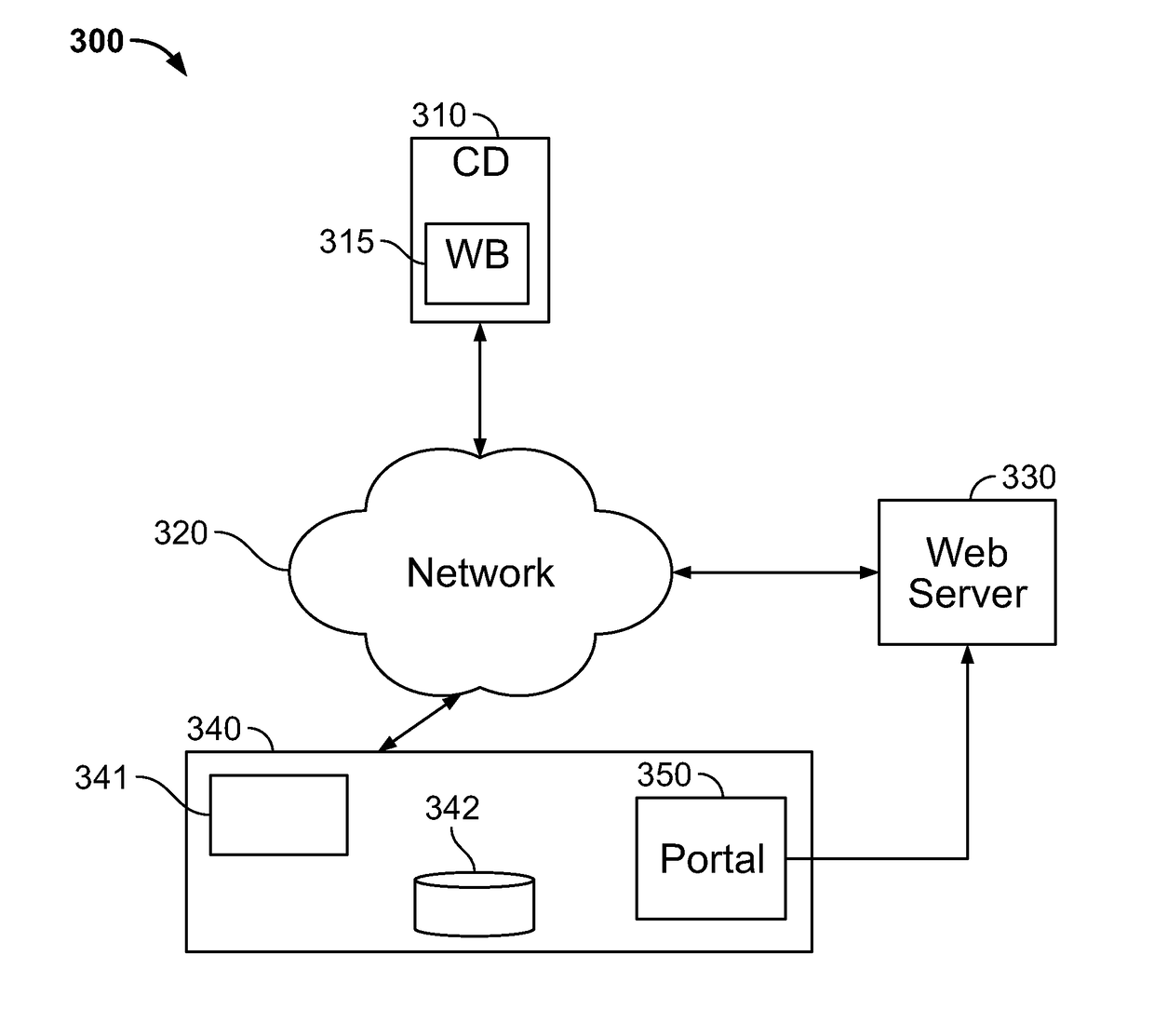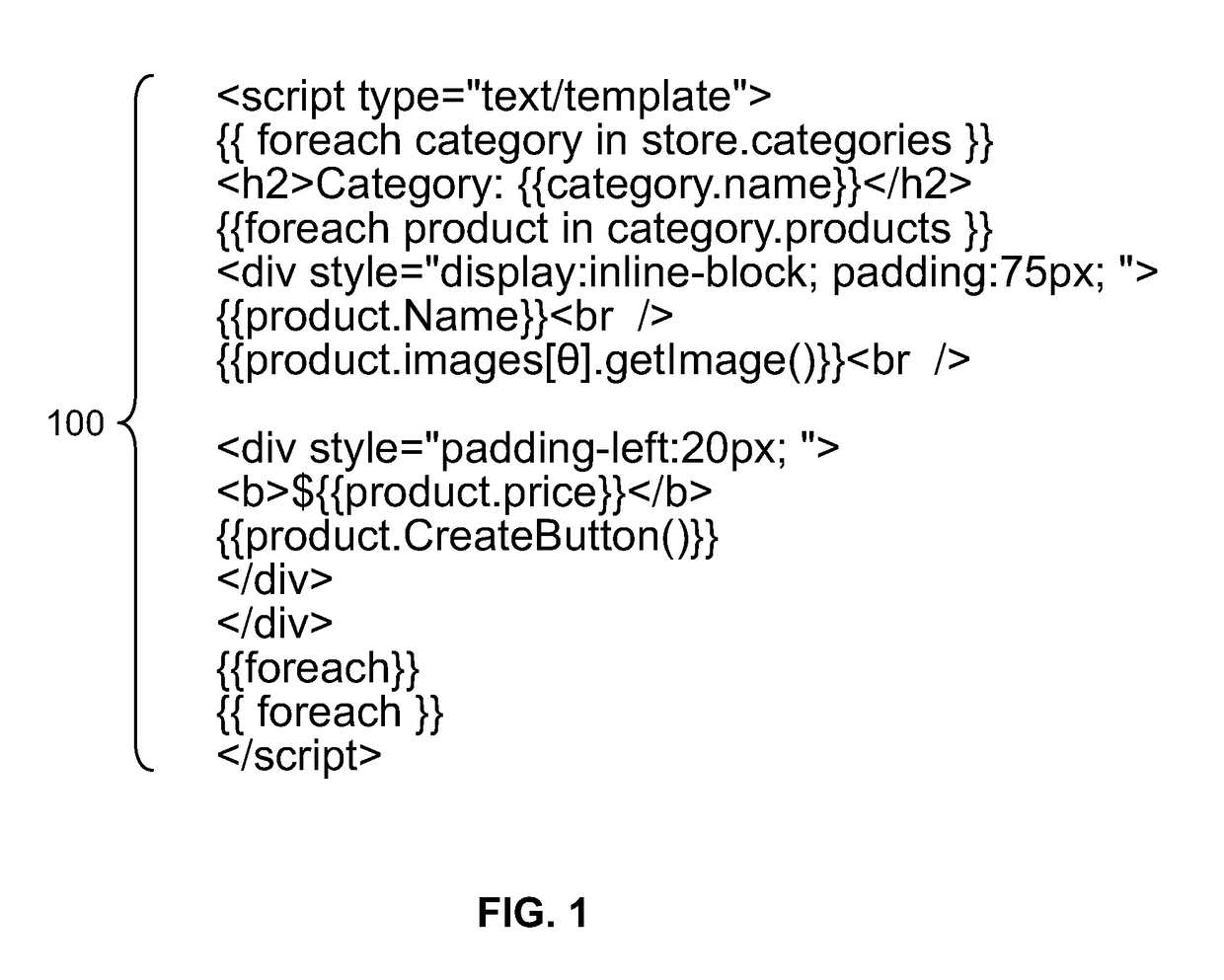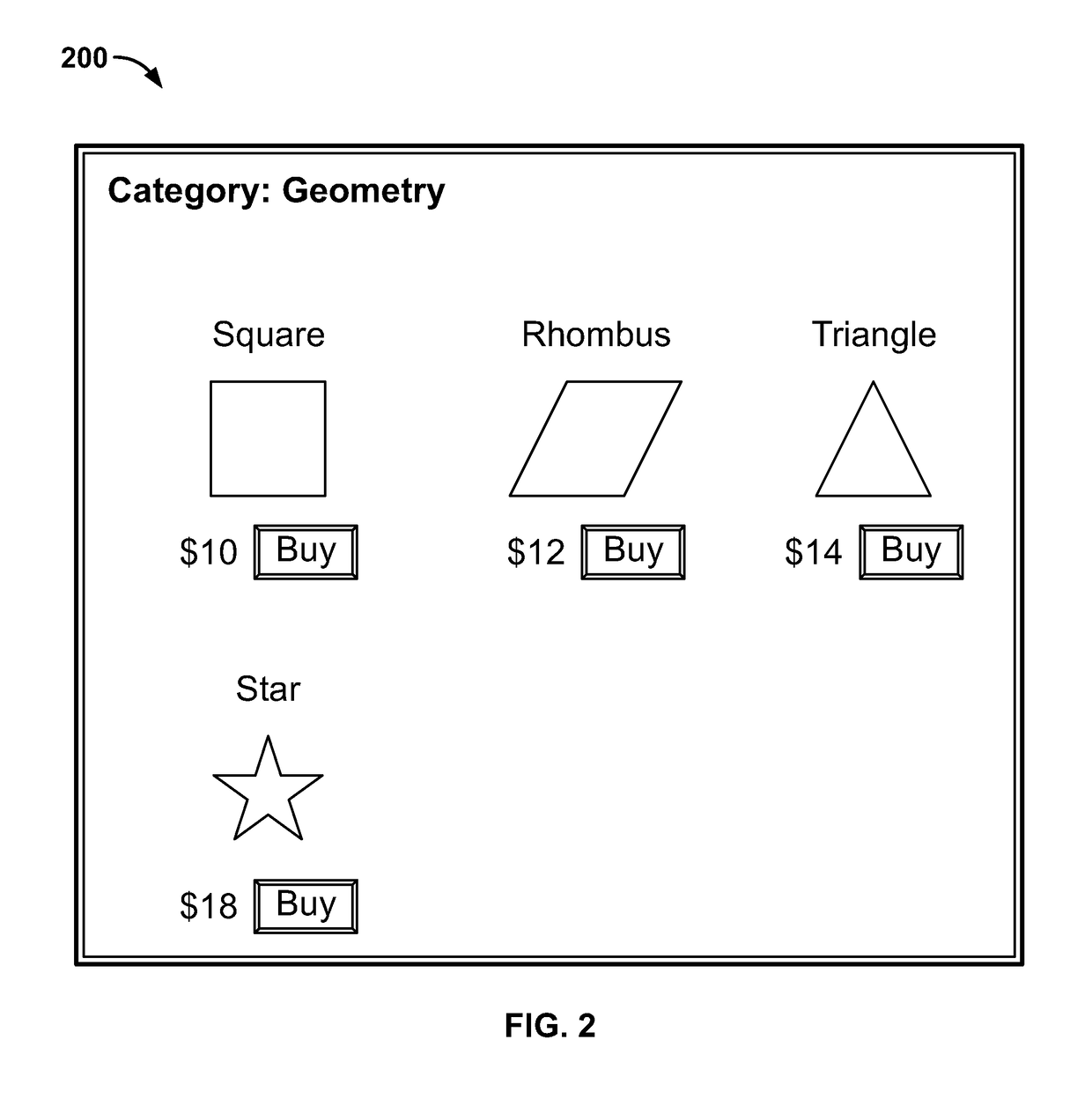System and Method for Dynamically Integrating Web Data, Services, and Functionality Into A Web Site
a dynamic integration and web data technology, applied in the field of customizing websites, can solve the problems of increasing the cost of compliance with the payment card industry, requiring capital investment for major upgrades of software, and utilizing installable software is often unfavorable, so as to improve the security of the site, increase processing, and enhance the effect of security
- Summary
- Abstract
- Description
- Claims
- Application Information
AI Technical Summary
Benefits of technology
Problems solved by technology
Method used
Image
Examples
Embodiment Construction
[0040]Disclosed herein is a system and method for dynamically integrating web data services and functionality into a web page, as discussed in detail below in connection with FIGS. 1-14AD.
[0041]It is important to note that the embodiments disclosed herein are only examples of the many advantageous uses of the innovative teachings herein. In general, statements made in the specification of the present application do not necessarily limit any of the various claimed embodiments. Moreover, some statements may apply to some inventive features but not to others. In general, unless otherwise indicated, singular elements may be in plural and vice versa with no loss of generality. In the drawings, like numerals refer to like parts through several views.
[0042]Techniques for dynamically integrating web data, services and functionality into a web site are provided. The disclosed embodiments demonstrate a method for providing a content platform solution that enables content creators to customize...
PUM
 Login to View More
Login to View More Abstract
Description
Claims
Application Information
 Login to View More
Login to View More - R&D
- Intellectual Property
- Life Sciences
- Materials
- Tech Scout
- Unparalleled Data Quality
- Higher Quality Content
- 60% Fewer Hallucinations
Browse by: Latest US Patents, China's latest patents, Technical Efficacy Thesaurus, Application Domain, Technology Topic, Popular Technical Reports.
© 2025 PatSnap. All rights reserved.Legal|Privacy policy|Modern Slavery Act Transparency Statement|Sitemap|About US| Contact US: help@patsnap.com



